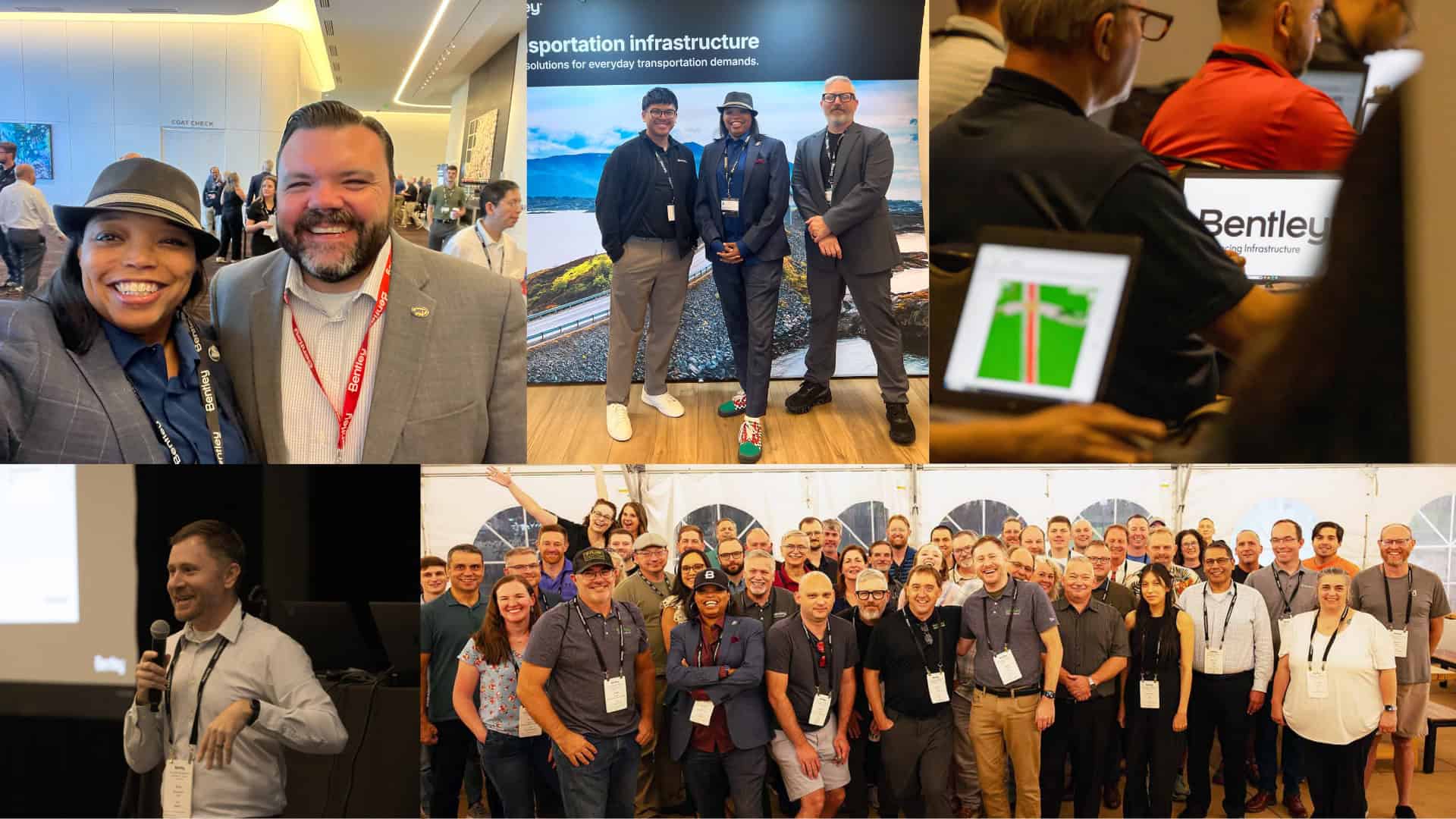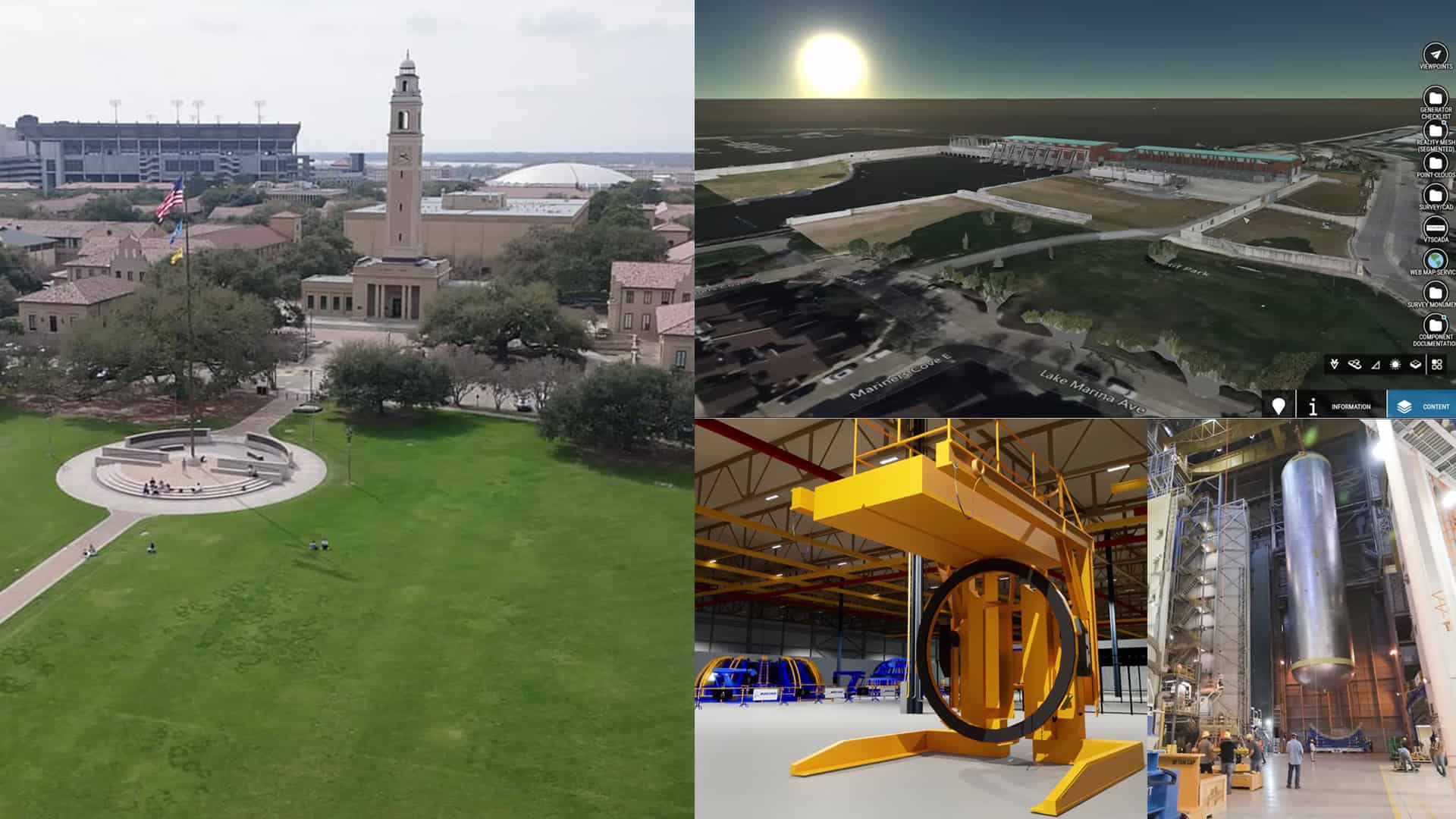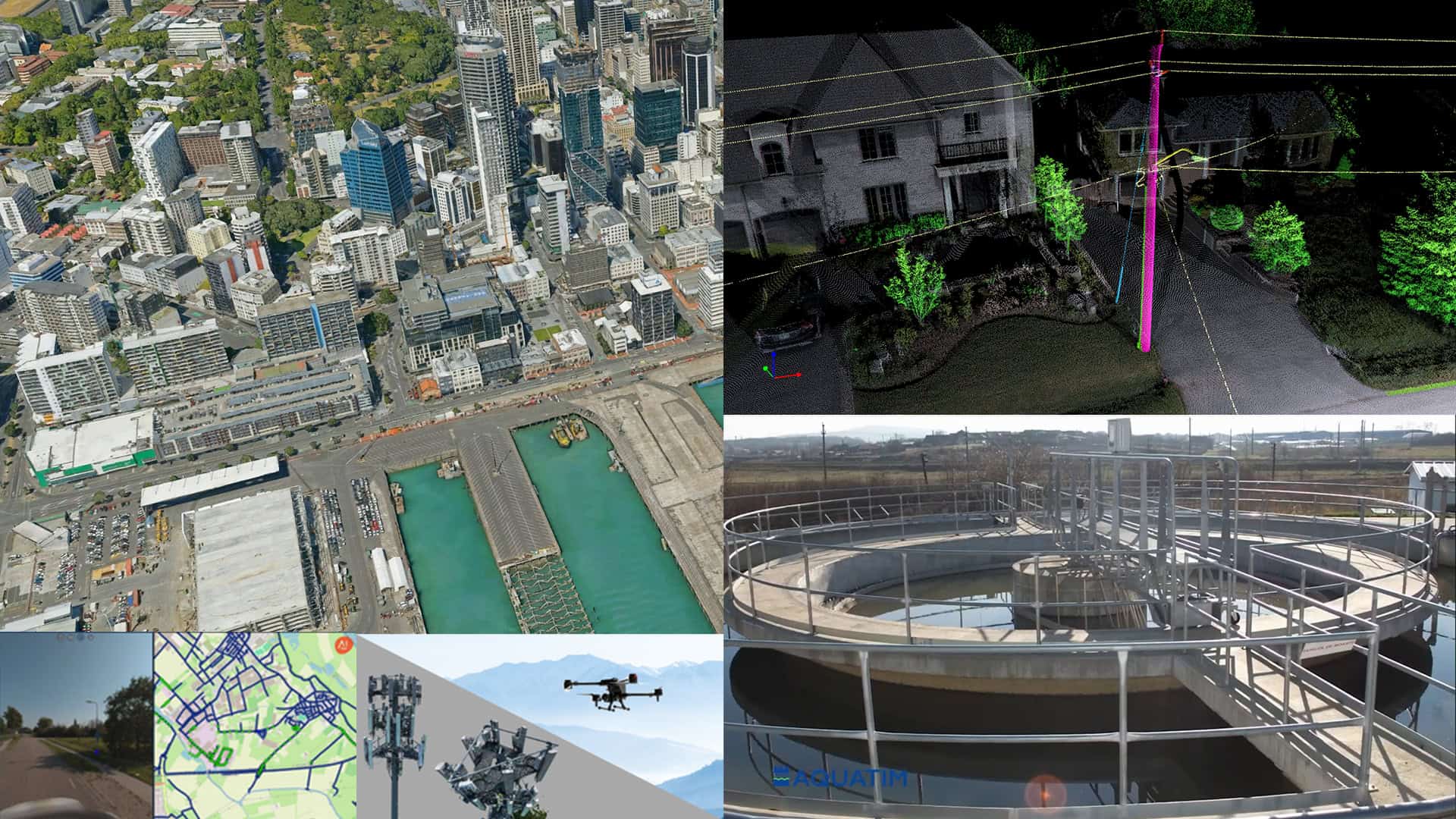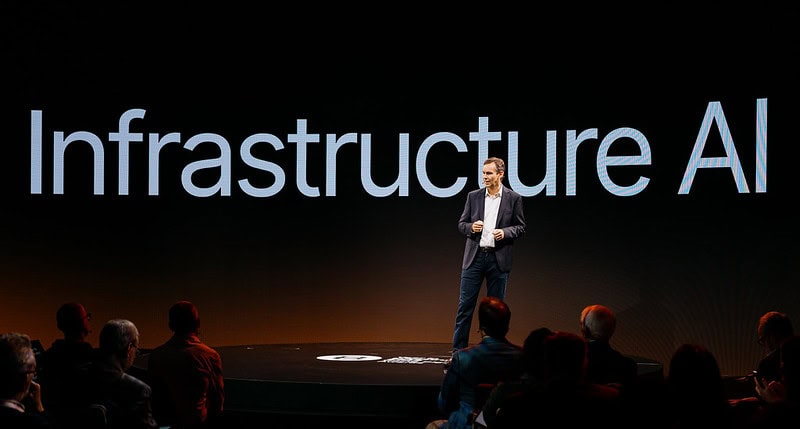In this Story
- How permitting became the biggest barrier to U.S. infrastructure
- The costs, delays, and trade-offs of today’s regulatory maze
- Why bipartisan reform—and new technology—may finally clear the way
How did the permitting system become one of the biggest bottlenecks for building U.S. infrastructure, and how do we clear the way? For decades, the word “permitting” has brought shudders to policymakers, investors, environmentalists, engineers, and project developers alike. In recent years, permitting has taken center stage in the national conversation on infrastructure. Specifically, advocates on both sides of the political aisle have been pushing for comprehensive permitting reform. They want to deliver more and better infrastructure for communities across the U.S. while ensuring safeguards for the environment. Is it possible to improve and expedite the permitting process while ensuring environmental safeguards? Increasingly, the view from Washington, D.C., and across the country, is yes.
In this multipart series, we’ll listen to the growing calls for permitting reform. We’ll explore the federal permitting landscape, opportunities to overhaul the system, and how technology can enable this critical and long overdue work.
Much is at stake. While U.S. infrastructure is improving, fueled by record federal investments flowing from the Infrastructure Investment and Jobs Act (IIJA), this critical piece of legislation is set to expire next year. Experts across the industry want to keep the momentum going. Continuing to deliver decades of deferred maintenance and investing in infrastructure nationwide will help American communities seize the opportunities of the 21st century, from hyperscale AI data centers and broadband to clean energy and water. Permitting can and must play an important role in facilitating, not hindering, these projects while maximizing environmental outcomes.

Making the Case for U.S. Permitting Reform
The United States is investing more in infrastructure than at any point in recent history, and the financial support is showing real improvements across the country. Yet the country’s outdated and inefficient permitting system is stalling further progress.
Permitting refers to the regulatory approvals that infrastructure projects must obtain before breaking ground, including environmental reviews, land use authorizations, and related approvals. At the federal level, these rules largely stem from the 1969 National Environmental Policy Act (NEPA), which established the world’s first comprehensive framework for environmental impact analysis of major infrastructure projects.
NEPA was groundbreaking for its time. It gave citizens a voice and placed environmental considerations front and center. But over the decades, a patchwork of additional laws and court rulings, combined with inconsistent implementation, have transformed a simple concept into a tangled web of agency reviews, overlapping jurisdictions, and legal challenges. Permitting today is not a single hurdle; it’s a daunting obstacle course that zig-zags and loops through local zoning laws, state policies with their own permitting requirements, and multiple federal agency signoffs, all operating on different timelines.
A Bureaucratic Maze with Real-World Consequences
This complexity has consequences. A recent report from the White House Council on Environmental Quality (CEQ) found that the federal government takes an average of four and a half years to approve Environmental Impact Statements, which are a key part of the permitting process. Some projects have taken over a decade. To add context, that’s the time it took to build the entire Panama Canal and twice the time it took to build the Hoover Dam.
The current NEPA process increases costs, creates delays for much needed infrastructure development, and can disincentivize sustainable and environmentally friendly projects. The numbers below tell the story:
- A 2023 House Committee on Natural Resources report found that delays caused by the National Environmental Policy Act (NEPA) added an average of $4.2 million to project costs.
- Transmission lines, which are needed to help meet growing power needs and supply electricity to its point of use, can take on average 10 years to complete.
- U.S. permitting processes tend to favor gray infrastructure, or human-built structures, over nature-based solutions such as wetland restoration or green stormwater infrastructure. Ironically, this means that nature-based solutions often face longer permitting timelines than conventional projects, despite their environmental benefits.
A Vision of Abundance: Is Impact-Driven Bipartisan Permitting Reform Within Reach?
We are in an extremely challenging environment to achieve bipartisan consensus on any issue, but permitting reform offers a tangible opportunity for lawmakers to work together.
A growing number of Democrats and Republicans alike are looking at permitting through an abundance lens. This view aligns with Ezra Klein and Derek Thompson’s book, Abundance, which calls for reforms based on impact rather than a regulatory-first approach. It also aligns particularly well with growing global calls at the G20 and within the infrastructure sector for prioritizing reforms based on their impact rather than a myopic regulatory approach. The latter has been the favored approach in recent decades across the U.S. and the developed world, to the point where it no longer fits its purpose.
At the center of these efforts, at the federal level, is Congress’s bipartisan Build America Caucus. With a dozen Republicans and 17 Democrats, the caucus is tackling NEPA permitting reform through the abundance lens.
Abundance and impact are not the only viable perspectives. Bipartisan reform efforts of many shapes have gained momentum in recent years, including those focused on more traditional frameworks. Here are some important milestones:
- Creation of the Permitting Council. Established in 2015, the council is a unique federal agency charged with improving the transparency, predictability, and outcomes of the federal environmental review and authorization process for certain large-scale critical infrastructure projects.
- The Biden Administration’s Permitting Action Plan. Released in 2022, it outlines a strategy for effective, efficient, and transparent federal environmental reviews and permitting processes, emphasizing early public engagement and leveraging existing authorities.
- The Trump Administration’s Permitting Technology Action Plan. Released earlier this year, the plan outlines a government-wide strategy to optimize technology to effectively and efficiently evaluate environmental permits. The goal is to enable a seamless information exchange between agencies, simplified interactions for applicants, and greater transparency and predictability on environmental review and schedules.
- Legislative plans on Capitol Hill. Federal lawmakers have been working to advance permitting reform, including recently introduced bills. The legislation includes the ePermit Act to digitize the federal permitting process; the SPEED Act to modernize and streamline NEPA; and S.1430 to improve the environmental review process for highway projects through interactive, digital, cloud-based platforms and digital twins.

Looking Ahead
Whether or not the country can reform permitting depends on the success of these efforts. Meaningful federal permitting reform will require a results-driven approach that secures environmental outcomes while delivering more and better infrastructure for communities across the U.S.Stay tuned. Next in our series, we’ll explore where opportunities exist for permitting reform across the federal system and how to realize them, drawing on best practice from within the U.S. and around the globe. Later, we’ll outline how technology can be applied to improve the permitting process by creating efficiencies, removing duplicative processes, and enhancing transparency.
We have the tools. We have bipartisan consensus. And critically, we have the momentum to get this done. Let’s not permit this opportunity to pass us by.
Rory Linehan serves as Director for Infrastructure Policy Advancement for the United States at Bentley Systems.








